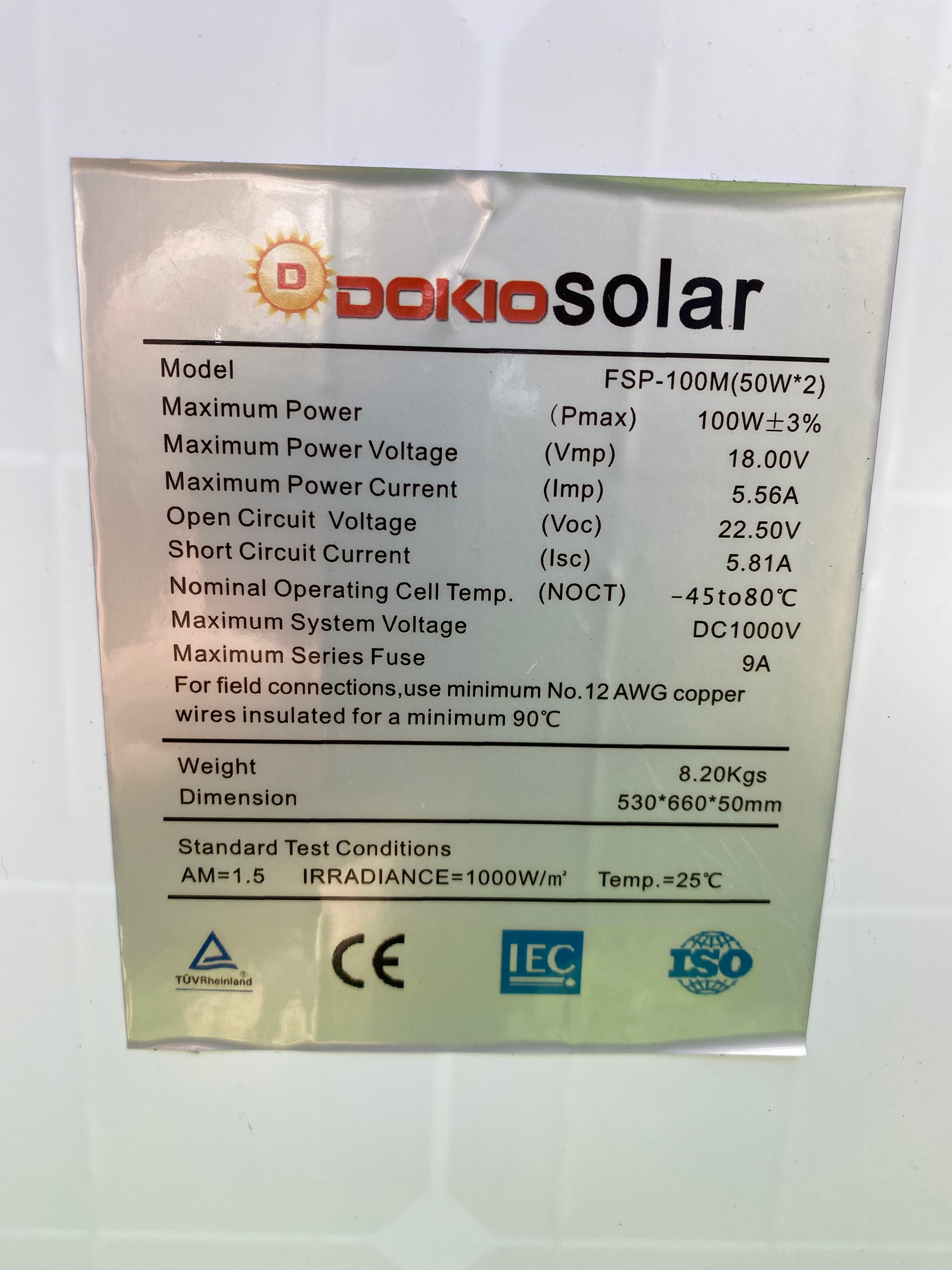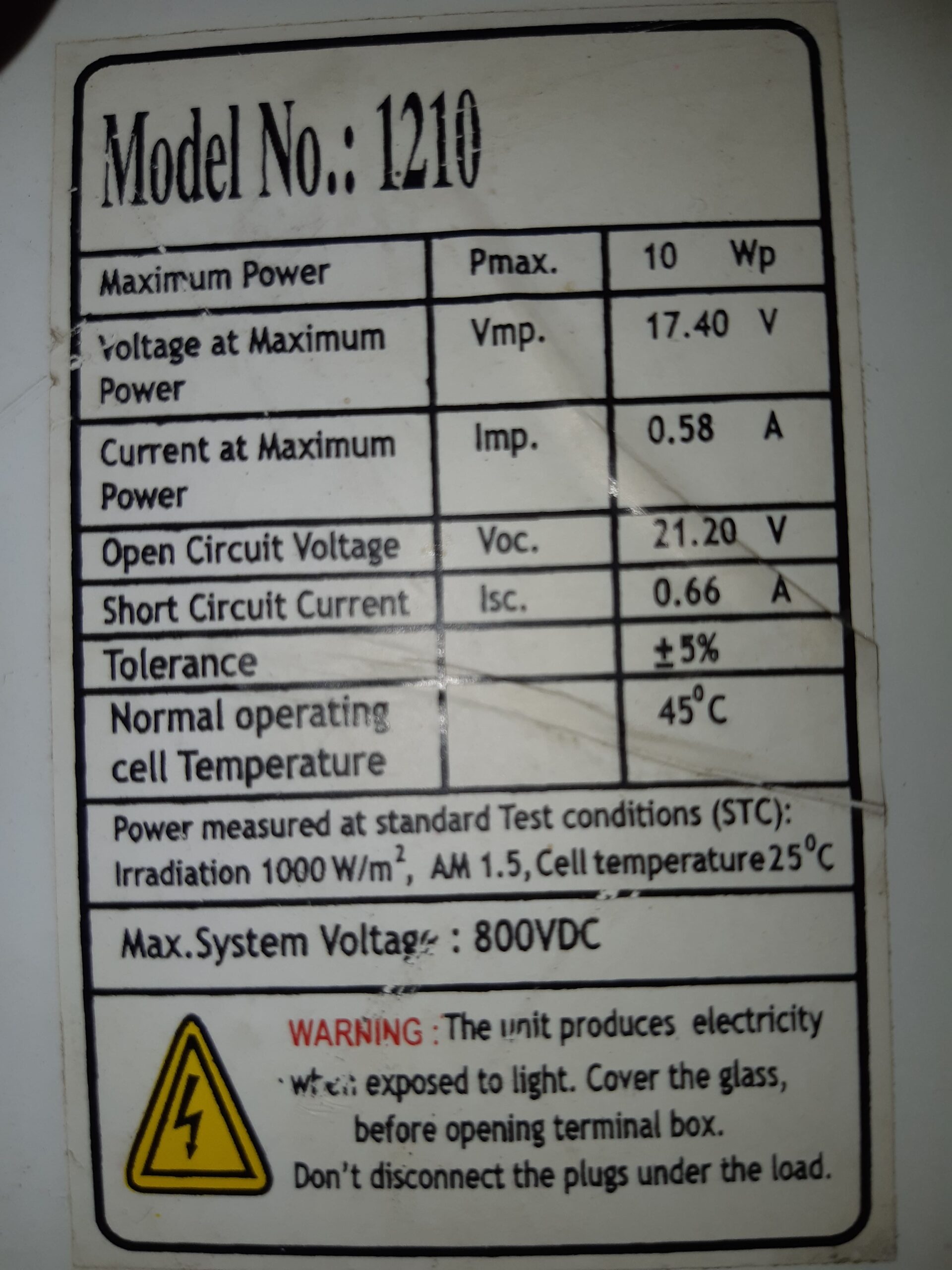When it comes to solar panels, the maximum system voltage is the highest voltage that the panel can produce. This number is important because it determines the amount of power that the panel can produce. The higher the voltage, the more power the panel can generate.
Most solar panels have a maximum system voltage of around 600 volts.
Solar panels are becoming increasingly popular as a source of renewable energy. However, before you can start using solar panels, you need to know what the maximum system voltage is.
The maximum system voltage is the highest voltage that the solar panel can produce.
This voltage is important because it determines how much power the solar panel can produce. If the maximum system voltage is too low, the solar panel will not be able to produce enough power to be useful.
There are a few different ways to determine the maximum system voltage of a solar panel.
The most common way is to look at the label on the back of the solar panel. The label will usually have a number called the “maximum power voltage.” This is the maximum system voltage of the solar panel.
Another way to determine the maximum system voltage is to use a voltmeter. A voltmeter is a device that measures voltage. To use a voltmeter, you will need to connect the voltmeter to the positive and negative terminals of the solar panel.
The voltmeter will then measure the voltage between the two terminals.
The maximum system voltage of a solar panel is an important number to know. It will determine how much power the solar panel can produce.
If you are planning on using solar panels, make sure you know the maximum system voltage of the solar panel before you buy it.
Solar Training – Maximum Voltage
What Does Maximum System Voltage on Solar Panel Mean?
The maximum system voltage on a solar panel is the highest voltage that the panel can produce under normal conditions. This voltage is determined by the number of solar cells in the panel and the type of solar cells used. The maximum system voltage is important because it determines the amount of power that the panel can produce.
The higher the voltage, the more power the panel can produce.
What is the Maximum System Voltage?
The maximum system voltage is the highest voltage that can be safely used in a electrical system. This voltage is set by the manufacturer of the electrical equipment and is based on the insulation of the equipment. The maximum system voltage for most equipment is 1,000 volts.
What is Maximum System Voltage in Pv Module?
A photovoltaic (PV) module is a packaged, connect assembly of typically 6×10 solar cells. Solar cells are the basic building blocks of a photovoltaic system and are composed of a semiconductor material, usually silicon. When light shines on the solar cell, it creates an electric field across the layers of the silicon.
This field causes electrons (the negatively charged particles in an atom) to flow through the silicon to the metal contact on the front of the cell. The flow of electrons generates electricity.
The maximum system voltage in a PV module is 1,000 volts.
This is the maximum voltage that can be safely generated by the solar cells in the module. The maximum system voltage is determined by the number of solar cells in the module and the type of solar cell.
What is System Voltage in Solar Panel?
System voltage in solar panels refers to the voltage that is output by the panels when they are connected in a string. The system voltage will vary depending on the number of panels that are connected in the string, and the type of solar panel. The most common types of solar panels have system voltages of 12 volts or 24 volts.

Credit: community.victronenergy.com
Solar Panel Voltage Chart
When it comes to solar panels, voltage is an important factor to consider. The voltage of a solar panel is determined by the number of solar cells it has. The more solar cells, the higher the voltage.
However, voltage is not the only factor to consider when choosing a solar panel. The wattage of a solar panel is also important. The wattage of a solar panel is determined by the amount of sunlight it receives.
The more sunlight a solar panel receives, the higher its wattage.
When choosing a solar panel, it is important to consider both the voltage and the wattage. The voltage of a solar panel is determined by the number of solar cells it has.
The wattage of a solar panel is determined by the amount of sunlight it receives.
Maximum System Voltage Meaning
The maximum system voltage is the highest voltage that can be applied to any part of an electrical system. The maximum system voltage is typically determined by the highest voltage that can be safely generated by the system’s power source, or by the system’s voltage rating. For example, the maximum system voltage for a standard 120-volt home electrical system is 120 volts.
The maximum system voltage for a 240-volt home electrical system is 240 volts.
How to Calculate Solar Panel Voltage
Solar panels are a great way to generate renewable energy for your home or business. But how do you know if your solar panel is working properly? One way to check is to measure the voltage output of the panel.
To calculate solar panel voltage, you’ll need a multimeter. First, set the multimeter to the “DC Voltage” setting. Then, connect the positive lead of the multimeter to the positive terminal of the solar panel, and the negative lead of the multimeter to the negative terminal of the solar panel.
The solar panel voltage should be listed in the owner’s manual for the panel. If it’s not, you can typically expect a 12-volt panel to produce around 17 volts in full sunlight.
If the voltage output of your solar panel is lower than what’s listed in the owner’s manual, it could be due to a number of factors, including:
-The solar panel isn’t getting enough sunlight. This could be because it’s shaded by trees or other buildings, or because it’s not positioned properly.
-The solar panel is dirty.
Dust and dirt can build up on the panel and reduce its ability to absorb sunlight.
-The solar panel is defective. If you suspect that the panel is defective, you should contact the manufacturer.
If the voltage output of your solar panel is higher than what’s listed in the owner’s manual, it could be because the panel is overheating. This is typically not a problem, but it’s something you should keep an eye on.
Keep in mind that the voltage output of a solar panel can fluctuate throughout the day, depending on the amount of sunlight it’s receiving.
So, if you’re checking the voltage in the middle of the day, you might get a different reading than you would in the morning or evening.
Overall, solar panels are a great way to generate renewable energy. By regularly checking the voltage output of your panel, you can ensure that it’s working properly.
Conclusion
Solar panels are devices that convert sunlight into electricity. They are made up of two types of materials, one that absorbs sunlight and another that creates an electric field. The amount of electricity that a solar panel can produce depends on the amount of sunlight it receives.
The more sunlight a solar panel receives, the more electricity it can produce.
Most solar panels have a maximum system voltage, which is the highest voltage that the solar panel can produce. The maximum system voltage is usually between 30 and 40 volts.
